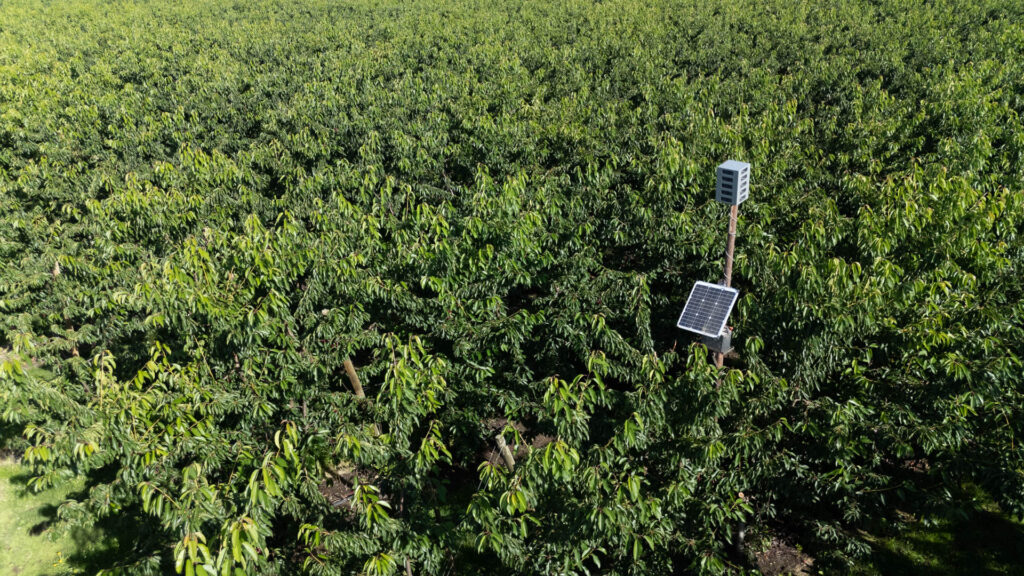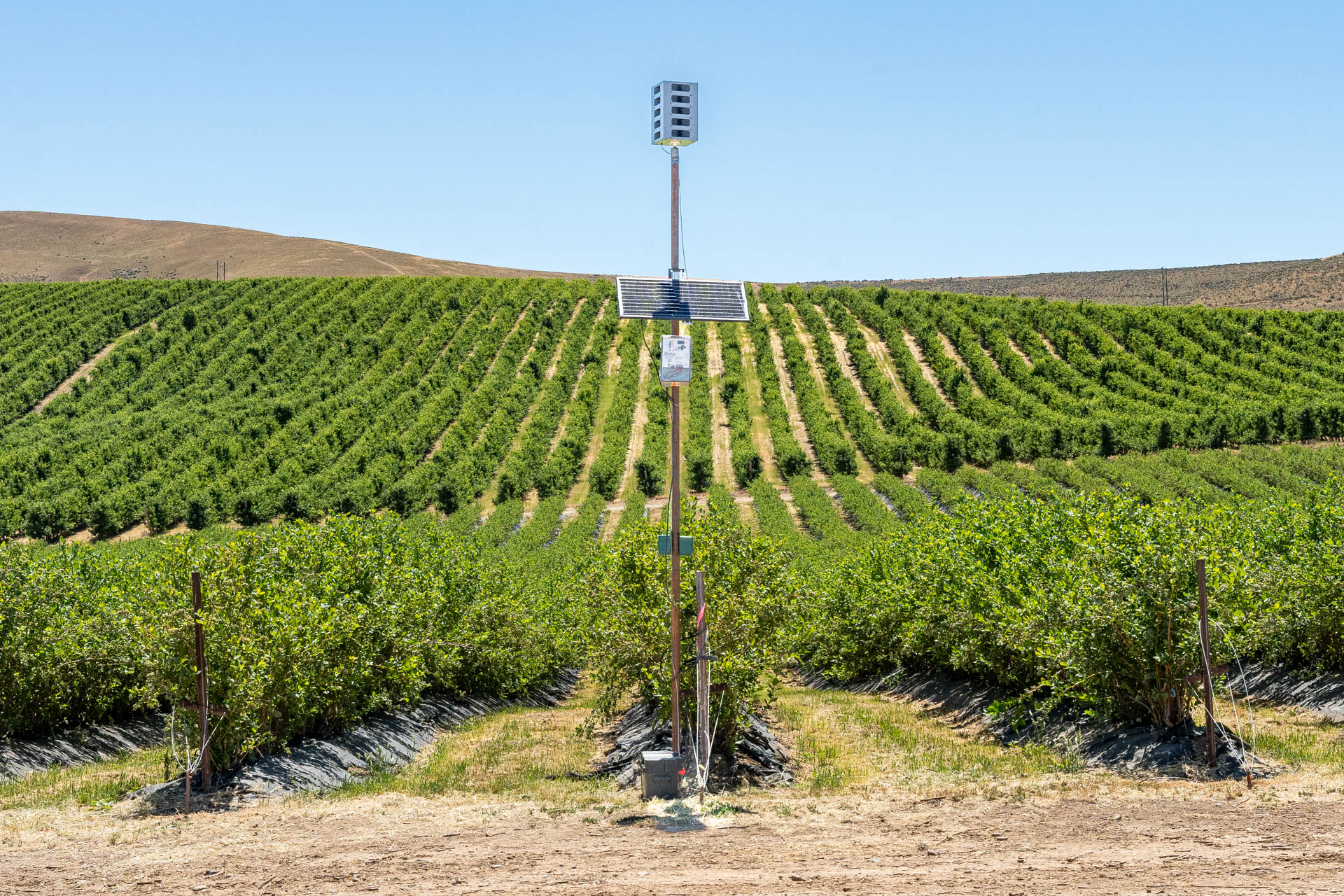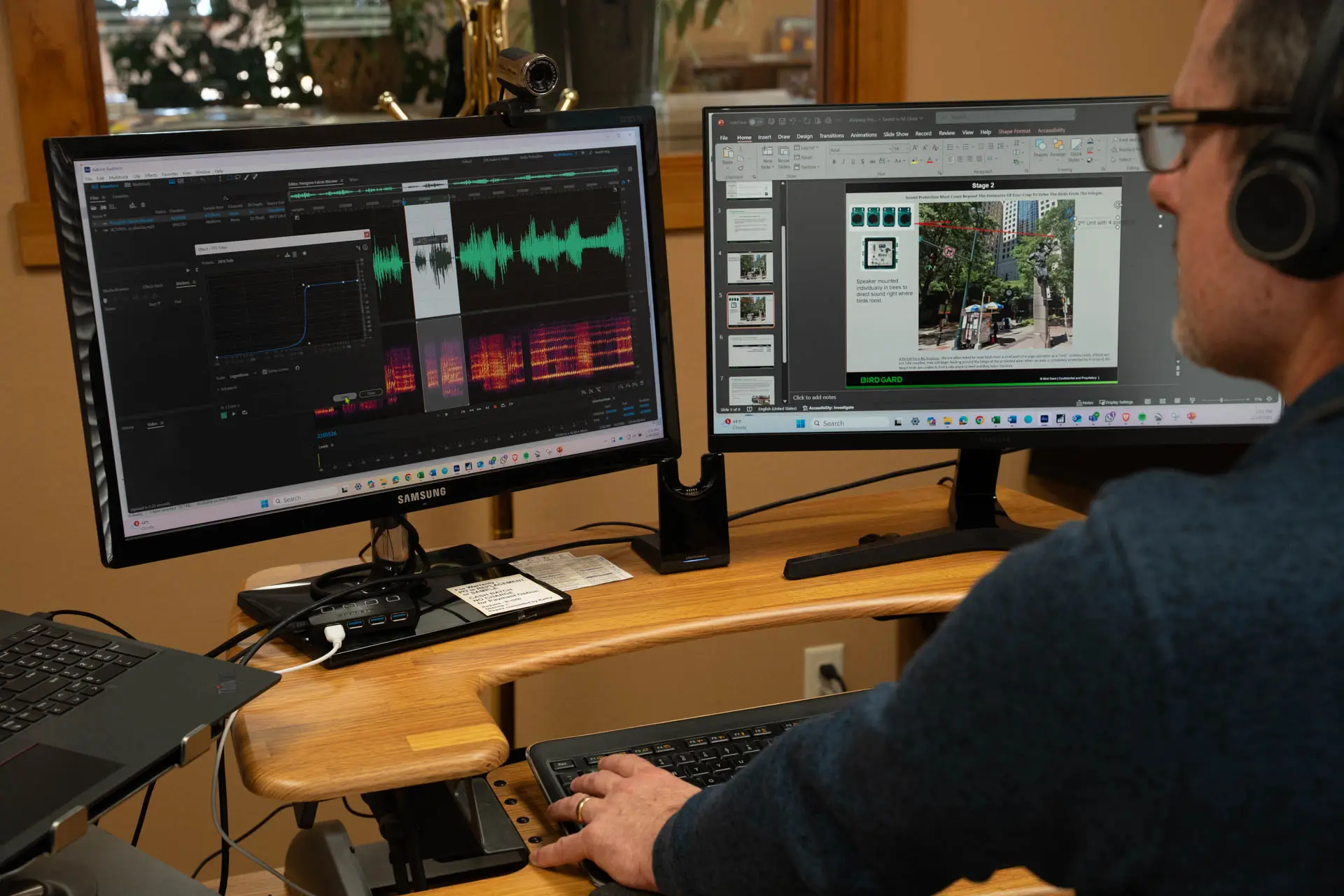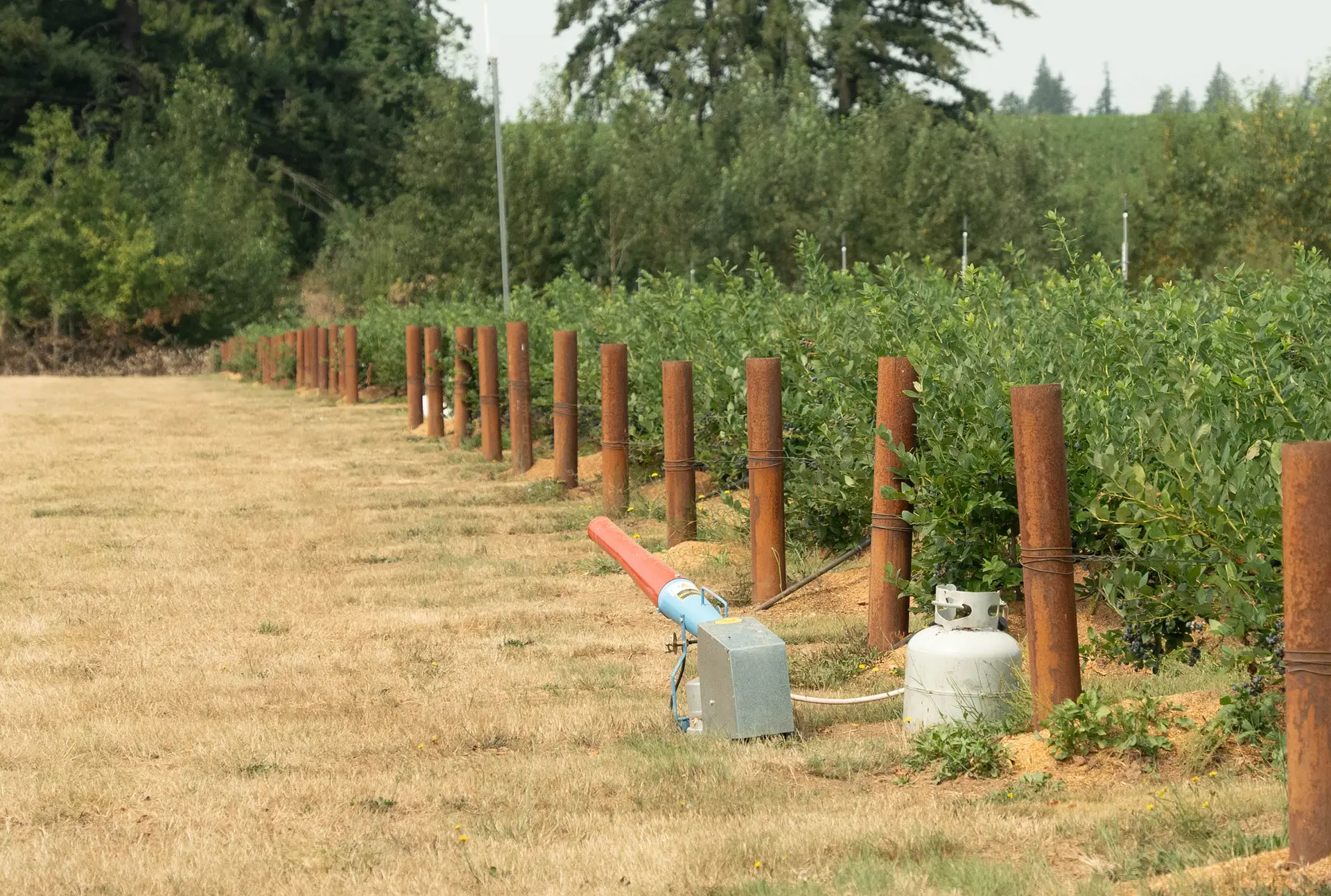When your fields are under siege by hungry birds, having an efficient bird deterrent system is more than a convenience; it’s a necessity. Yet, not all deterrent systems are created equal. A crucial aspect determining their effectiveness lies in the fidelity of the sounds they emit. But what exactly does “fidelity” mean, and why does it matter so much in bird control?
This guide will break down the key differences between high-fidelity and low-fidelity sound systems in bird deterrents, their impact on bird behavior, and why investing in high-fidelity solutions can deliver better results for farmers, operations managers, and executives.
Understanding Sound Fidelity in Bird Deterrents
Sound fidelity refers to how accurately a recording replicates the original sound source. It is a measure of sound quality, impacting how lifelike and believable the emitted audio playback is.
- High-fidelity sound systems deliver clear, accurate, and realistic audio that closely mimics natural sound sources, such as bird distress and alarm calls.
- Low-fidelity sound systems play back distorted or muddled audio, often removing the richness and accuracy of the original call, making it less convincing and effective.
For bird deterrents, this distinction is critical. Birds rely heavily on their hearing to detect threats. If the deterrent sound doesn’t mimic reality, birds become less likely to perceive it as a genuine danger.
Why High-Fidelity Matters in Bird Deterrents
1. Triggers Instinctive Reactions
High-fidelity systems like Bird Gard’s bioacoustic deterrents reproduce bird distress and predator calls so realistically that birds respond as though they are facing real danger. This triggers their instinctual flee response, significantly reducing bird activity in protected areas.
Low-fidelity systems, by contrast, often fail to elicit this innate reaction since the sounds may lack realism, causing birds to disregard them altogether.
2. Covers More Ground with Clarity
High-fidelity sound retains its clarity, even when projected across long distances. This enables these systems to protect larger areas such as farms, vineyards, or industrial sites without losing sound quality.
However, low-fidelity systems tend to distort as the distance increases, limiting their coverage and effectiveness.
3. Reduces Bird Habituation
Birds are intelligent creatures, capable of habituating to repetitive or unnatural sounds. High-fidelity audio systems combat this by incorporating natural-sounding, randomized playback patterns. This keeps the deterrents unpredictable and effective over extended periods.
Low-fidelity systems struggle to replicate this diversity, leading to rapid habituation and declining deterrent performance.
4. Targets Specific Species
Not all bird species respond the same way to generic sounds. High-fidelity deterrents allow for precise targeting, broadcasting distress calls tailored to specific nuisance species while avoiding unintended impacts on non-target birds.
Low-fidelity systems lack this adaptability, often using generic sounds that are less effective across diverse bird populations.
Comparative Table of High-Fidelity vs. Low-Fidelity Deterrents
| Feature | High-Fidelity | Low-Fidelity |
|---|---|---|
| Sound Quality | Clear, realistic, accurate | Distorted, artificial, less realistic |
| Effectiveness | Strong, instinct-driven bird fleeresponses | Reduced effectiveness, birds may disregard the sounds |
| Coverage Area | Large, with minimal sound distortion | Limited due to deteriorating audio quality |
| Resistance to Habituation | Maintains deterrent effect with randomized playback | Birds quickly adapt to repetitive or unreal sounds |
| Targeting | Species-specific calls for tailored deterrence | Generic sounds, less effective for diverse specie |
Why Choose High-Fidelity Systems Like Bird Gard?
Choosing the right bird deterrent system isn’t just about addressing the bird problem at hand; it’s about investing in long-lasting, cost-effective protection that minimizes future risks. Bird Gard’s high-fidelity bioacoustic technology excels in these key areas:
- Proven Performance: Backed by over 35+ years of field research, Bird Gard systems protect crops, properties, and operations from unnecessary bird damage.
- Ease of Use: Easy-to-install systems with minimal maintenance make Bird Gard practical for farms, airfields, and industrial sites alike.
- Eco-Friendly: Humane methods that ensure ethical bird control, avoiding harm to wildlife or the surrounding ecosystem.
- Comprehensive Targeting: Customized sound profiles address specific nuisance bird species without disrupting beneficial species or neighboring environments.
Take the Smart Approach to Bird Control
The quality of sound matters when your goal is to effectively deter birds and protect your valuable operations. High-fidelity deterrent systems are not just an upgrade from low-fidelity options; they are a necessity for delivering real, measurable results.
At Bird Gard, we combine the power of high-fidelity bioacoustics technology with decades of expertise to offer the ultimate bird deterrent solution. Protect your farm, airfield, or industrial property with unmatched reliability, all while ensuring a humane and environmentally friendly approach.



